Above left: The big book commemorating Playboy‘s cartoon history. Now o.p., copies can
be found on the secondary market for reasonable prices. Above right: The redesigned magazine.
In October it was announced that the venerable (or notorious or controversial or sexist or tacky, depending on your point of view) Playboy magazine would be redesigned and revisioned with the goal of recapturing the 18 to 35 reader demographic that they had, at one time, dominated.
Founded in 1953 by Hugh Hefner with a $1000 loan from his mother, Playboy boasted a circulation of over 7 million at its height, was a high-dollar advertising venue (remember the “What kind of man reads Playboy?” campaign?), owned Playboy Clubs around the globe, produced films (such as Monty Python’s And Now For Something Completely Different), published books (including an impressive line of science fiction titles), and in general, was a money-making machine. For a time Playboy was the highest-paying market for short fiction, cartoons, and illustration in the world: Ray Bradbury, Kinuko Y. Craft, Arthur C. Clarke, Bruce Wolfe, Ian Fleming, Don Punchatz, Saul Bellow, Anita Kunz, Phil Hale, Margaret Atwood, and many, many others (including the artists seen below) contributed regularly to the magazine. Art directors like Arthur Paul, Michelle Urry, and Tom Staebler were influential trendsetters who sought out and nurtured new and veteran talent alike.
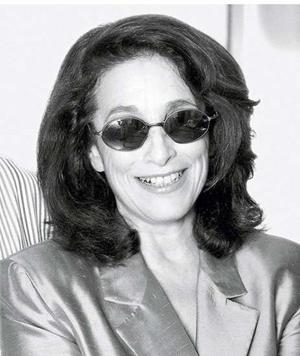
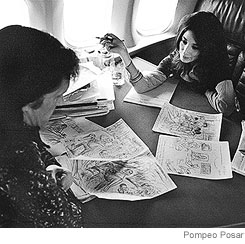
Above: Michelle Urry [1939-2006] was Playboy‘s Cartoon Editor for 30 years. On learning of her death Jules Feiffer told the New York Times she was the “Mother Superior to cartoonists.”
Now, with a circulation of around 800,000 and a 10-issues-a-year schedule, things are a bit different.
Details about the new direction and the reasoning (as well as discussions about Playboy‘s legacy) can be found in articles in the New York Times and Wired. Change, naturally, is an inevitable part of publishing; in order to “stay relevant” and “fresh” to new generations of readers tinkering with the formula goes with the territory. Some changes are good, some are misfires, but the publishers never know which will be what until they do them.
A change that was actually more controversial than their doing away with full nudity for their photo features was their decision to also rethink the place for cartoons in the magazine—or, rather, the lack of place. Artists and fans alike were surprised by the move, partly because the cartoons had always been a large part of the magazine’s personality, but mainly because Mr. Hefner had been a budding cartoonist in his youth and had always championed and highlighted the artists. For decades Playboy and The New Yorker were the preeminent showcases for cartoonists, the ones everyone wanted to crack; now it appears there’s just The New Yorker. CoCreate ran a pretty good article about the changes and reactions that’s well worth reading.
Whether you love Playboy or hate it (and there are plenty of men and women on both sides of the fence), its place in social history for any number of reasons is significant. And the disappearance of the cartoons, regardless of whether you’re amused by or disdainful of their often-sexual basis, is indeed the passing of an era. As such, I thought I’d salute some of the stars from the magazine’s storied past.
Jack Cole [1914-1958] was a former comic book artist who had worked on Will Eisner’s The Spirit and had created Plastic Man during the Golden Age. He began contributing painted cartoons to Playboy in 1954 and quickly achieved a huge following. He had also just sold a syndicated comic strip, “Betsy and Me,” to the Chicago Sun-Times when he suddenly committed suicide in 1958. He sent letters to his wife and Hugh Hefner on the day he purchased a rifle, drove to a rural location, and shot himself; his reason has never been revealed.
Jack Davis [b 1924], one of the giants of EC Comics and later a regular Time Magazine cover artist, was an early (if irregular) contributor. His cartoons were usually an offbeat view on society rather than sexually-themed. Jack also occasionally assisted on the “Little Annie Fanny” comics noted below.
Gahan Wilson [b 1930] was Playboy‘s answer to The New Yorker‘s Charles Addams. “Master of the Macabre’ is a title given to many, but Gahan definitely earned it with his many classic cartoons. Lovecraft’s characters frequently made appearances in his work.
Alberto Vargas [1896-1982] first came to fame painting Hollywood starlets and “The Varga Girl” pinups for Esquire magazine (many of which were copied as nose-art mascots on American bombers during WWII). Vargas got into a court fight with Esquire over the “Varga” name and lost; when Playboy started publishing his paintings they circumvented Esquire‘s claim of ownership by simply running them under Vargas’ properly-spelled name. Hefner would write the humorous captions that accompanied each pinup.
Robert “Buck” Brown [1936-2007] sold over 600 cartoons to Playboy throughout the course of his career. His sex-obsessed “Granny” was a popular recurring character.
Jules Feiffer [b 1929] had also worked on Will Eisner’s The Spirit before striking out on his own. Syndicated cartoonist, author (with over 35 books to his credit), playwright, children’s book illustrator (including The Phantom Tollbooth), and screenwriter (including Carnal Knowledge and Robert Altman’s Popeye), Feiffer at one time was considered the most widely-read satirist in the country. He’s won both the Pulitzer Prize and the Oscar.
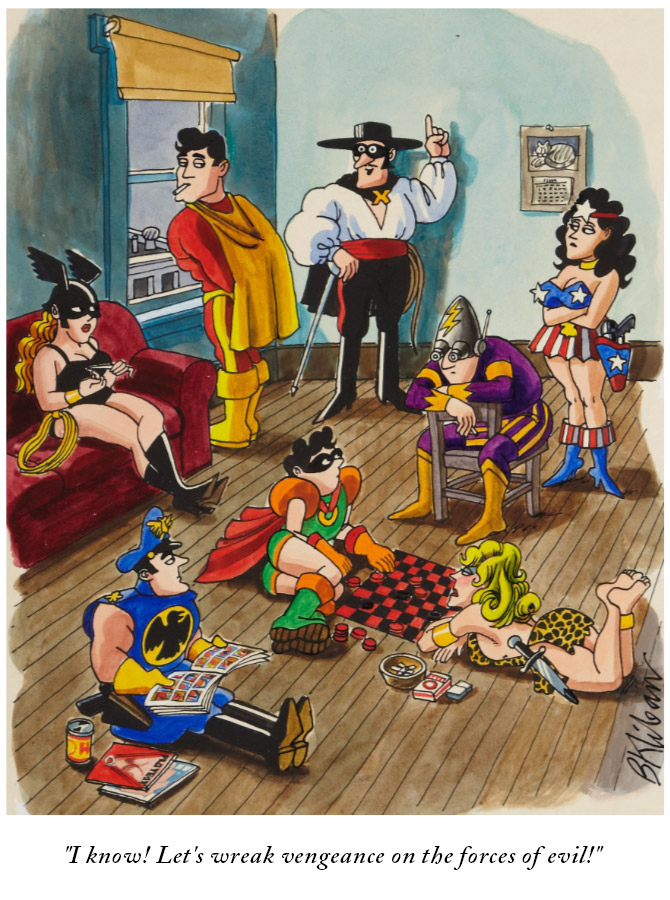
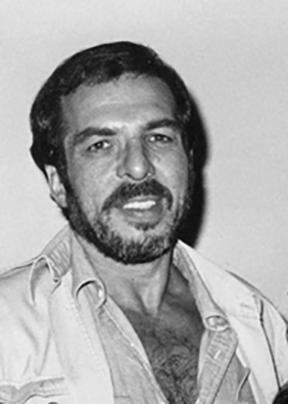
B. (Bernard aka “Hap”) Kliban [1935-1990] was a particularly edgy artist with an offbeat sense of humor who was a favorite of Michelle Urry; she is credited with encouraging him to publish his “Cat” cartoons (Google “Kliban Cat” and you’ll instantly know what I’m talking about) which are still incredibly popular a quarter century after his death from a pulmonary embolism. I was sorely tempted to include his cartoon with a, uh, rather “unique” hamburger stand—which I think is hilarious—but figured I’d save myself some grief and run one of his more innocent pages as an example. His non-
Playboy cartoons are featured on
GoComics. Photo by Jackie Estrada.
Erich Sokol [1933-2003] was an Austrian caricaturist who quickly became a Playboy regular in the late 1950s while he was still attending art school in Chicago. Known almost exclusively in the U.S. for his sexy cartoons, Sokol was revered and honored as a political and social satirist in Europe.
Rowland B. Wilson [1930-2005] had a multifaceted career; besides cartooning he was also active in advertising (his campaign for New England Life Insurance was a stand-out), illustration, and animation. Some of the films he worked on were Titan A.E., Anastasia, and Disney’s The Little Mermaid and Tarzan.
Olivia De Beradinis [b 1948] picked up where Vargas left off and became
Playboy‘s preeminent pinup artist. She’s written, “Thanks to Hef’s generosity, and his position as ‘pinup genius,’ I grace his pages and I get to partner with him creatively. I supply the images, he writes the captions. I see my career at this moment steeped in the joy of pinup and I now see Hef as my muse.” Photo by
Greg Preston.
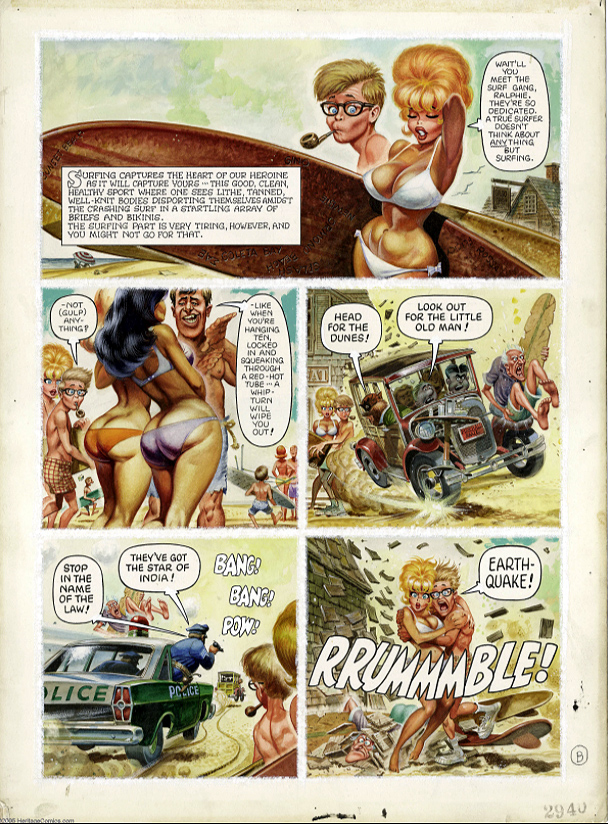

Harvey Kurtzman [1924-1993] and Will Elder [1921-2008] were already legends in the humor world—thanks to their groundbreaking work on the original Mad along with Humbug, Help!, and Playboy‘s short-lived companion Trump (no relation to this year’s Presidential candidate)—when they created “Little Annie Fanny.” Annie was a buxom ingenue, a mash-up of Little Orphan Annie and the artists’ own character Goodman Beaver. The strip began in 1962 and was not only the first comic strip for Playboy but was also the first multi-page comics feature in an American “slick” magazine. Kurtzman, an excellent cartoonist, would write and carefully layout each story and Elder would do finished drawings and paint the pages, another comics first. The strip satirized everything from pop-culture to politics to civil rights to the sexual revolution. Over the years various artists were brought in to assist on the labor-intensive series, including Jack Davis, Russ Heath, and Frank Frazetta. As Frazetta noted, “I made more money being an assistant on a few pages of ‘Little Annie Fanny’ than I did in my entire comics career.”
These are without question just the tip of the cartoonist iceberg when talking about Playboy‘s import and legacy. Shel Silverstein, Eldon Dedini, Dean Yeagle, Don Lewis, John Dempsey, Doug Sneyd, and many others entertained millions of readers through the years. Here’s hoping that, when the dust settles on the magazine’s redesign, the cartoonists and illustrators will soon be back within its pages in force.




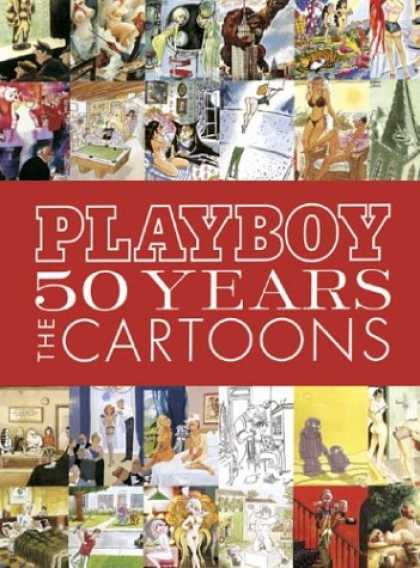

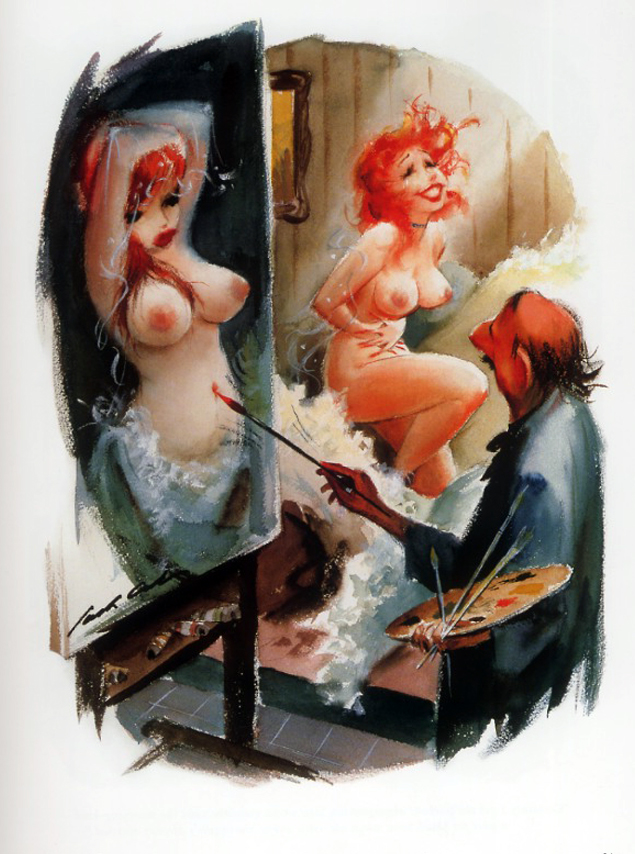
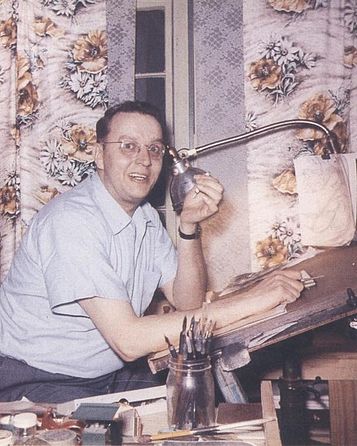
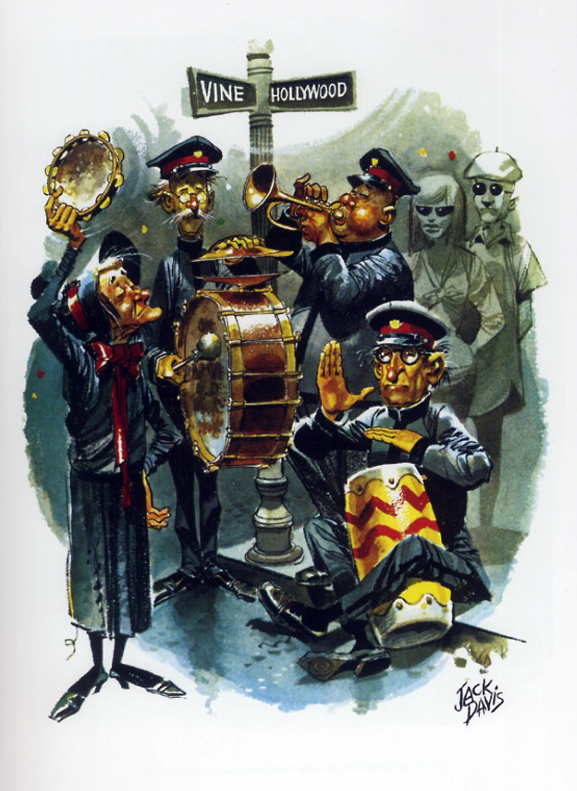
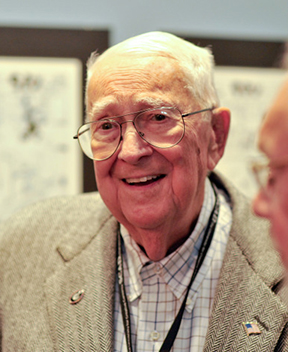

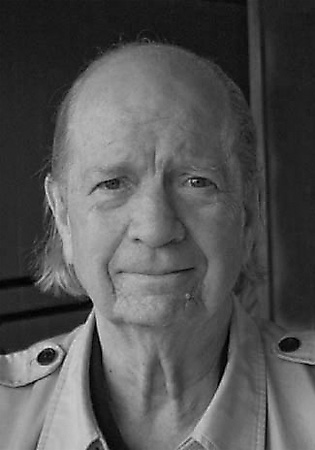
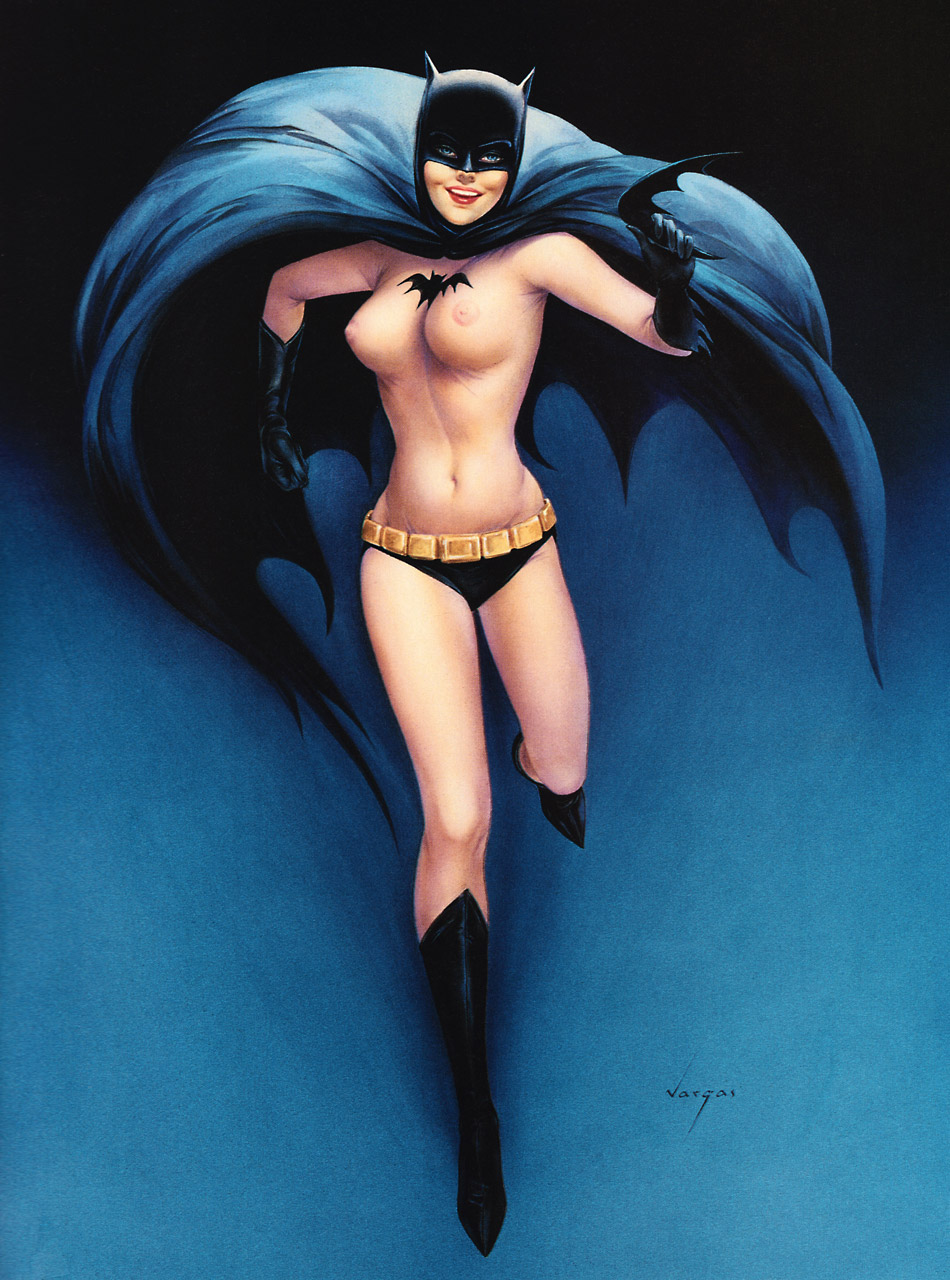
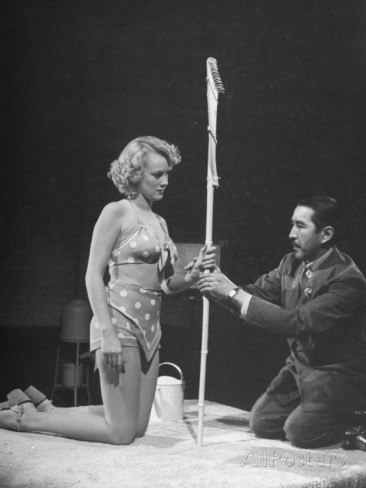

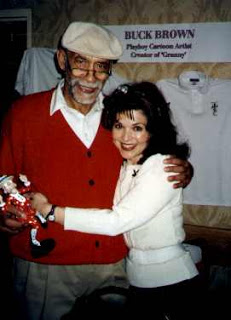
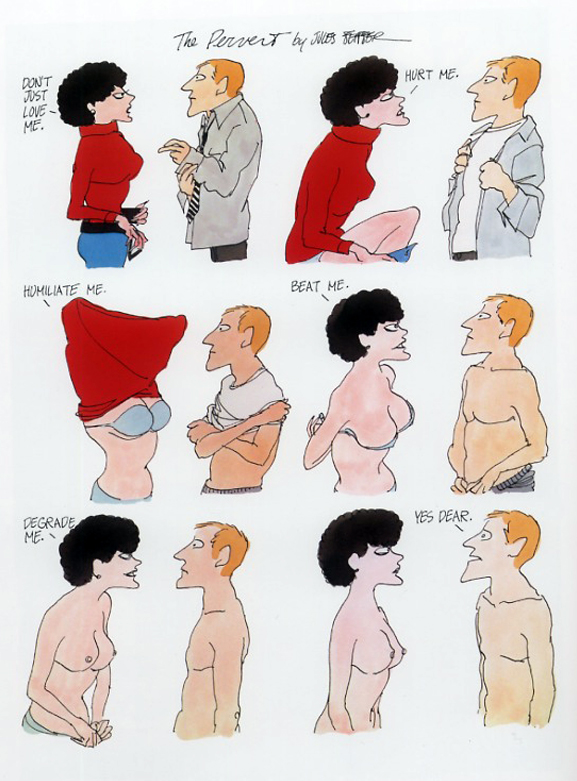



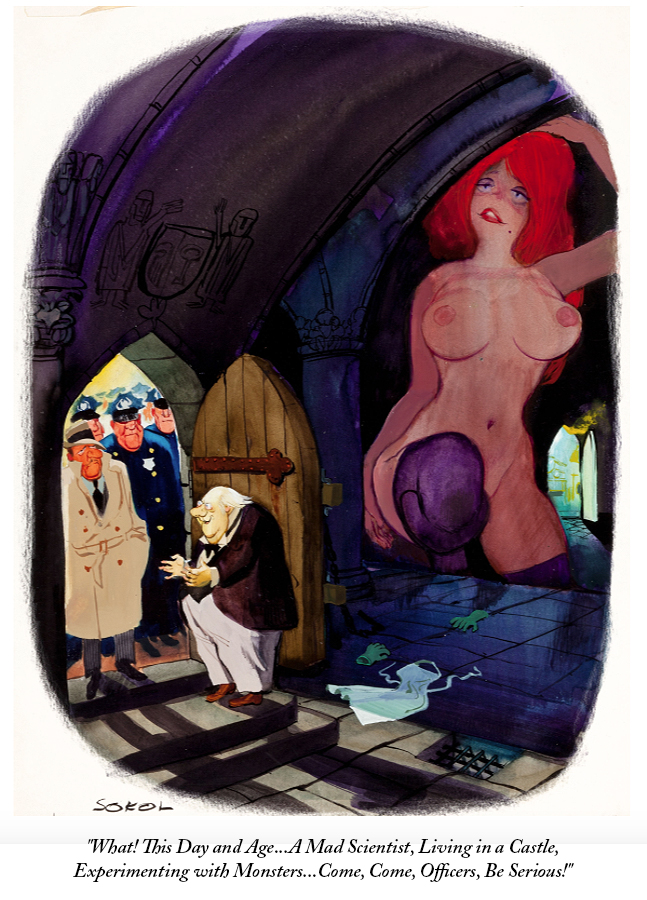
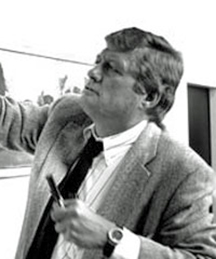

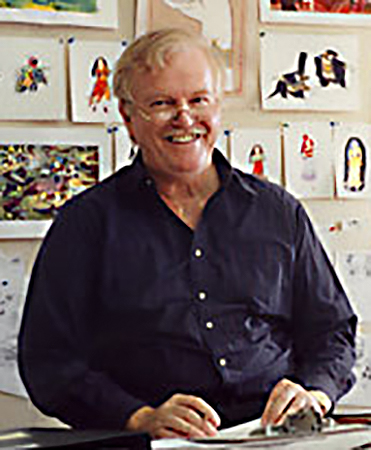
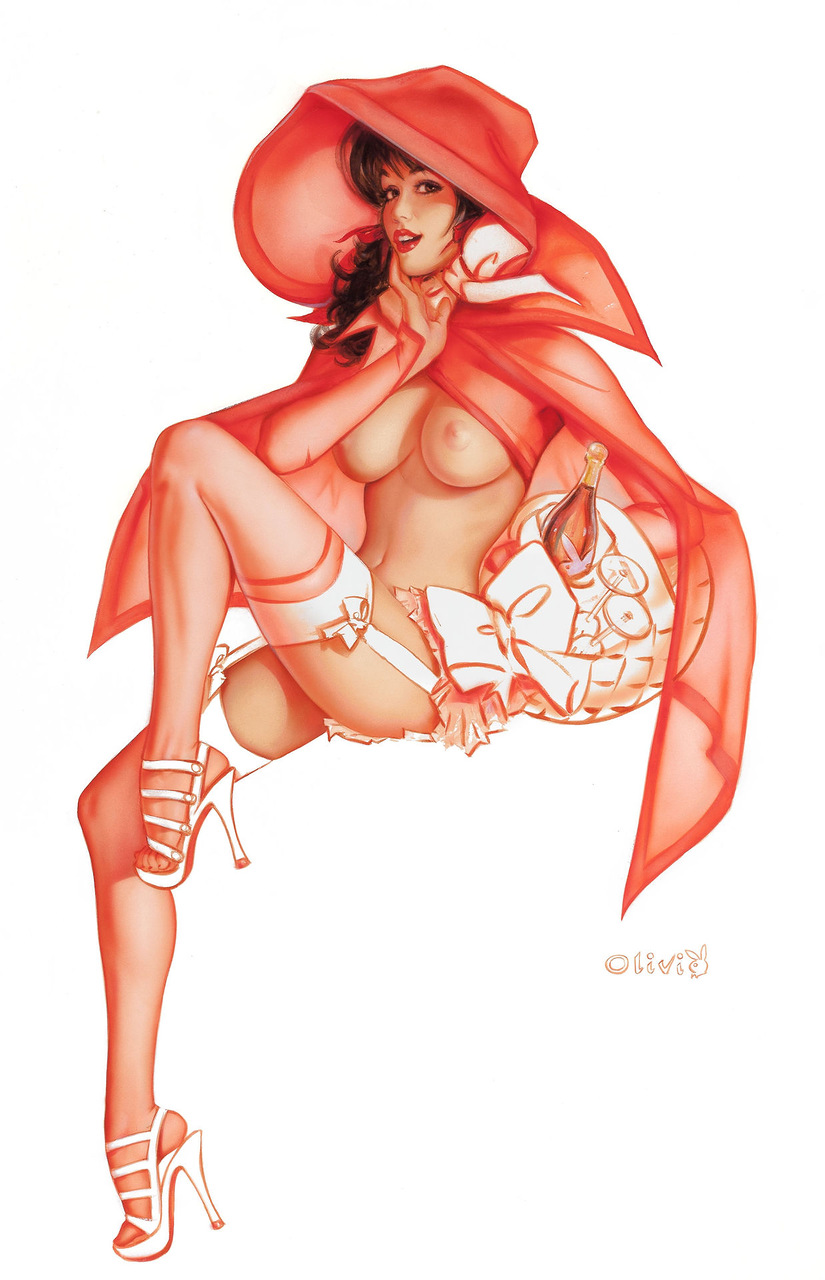
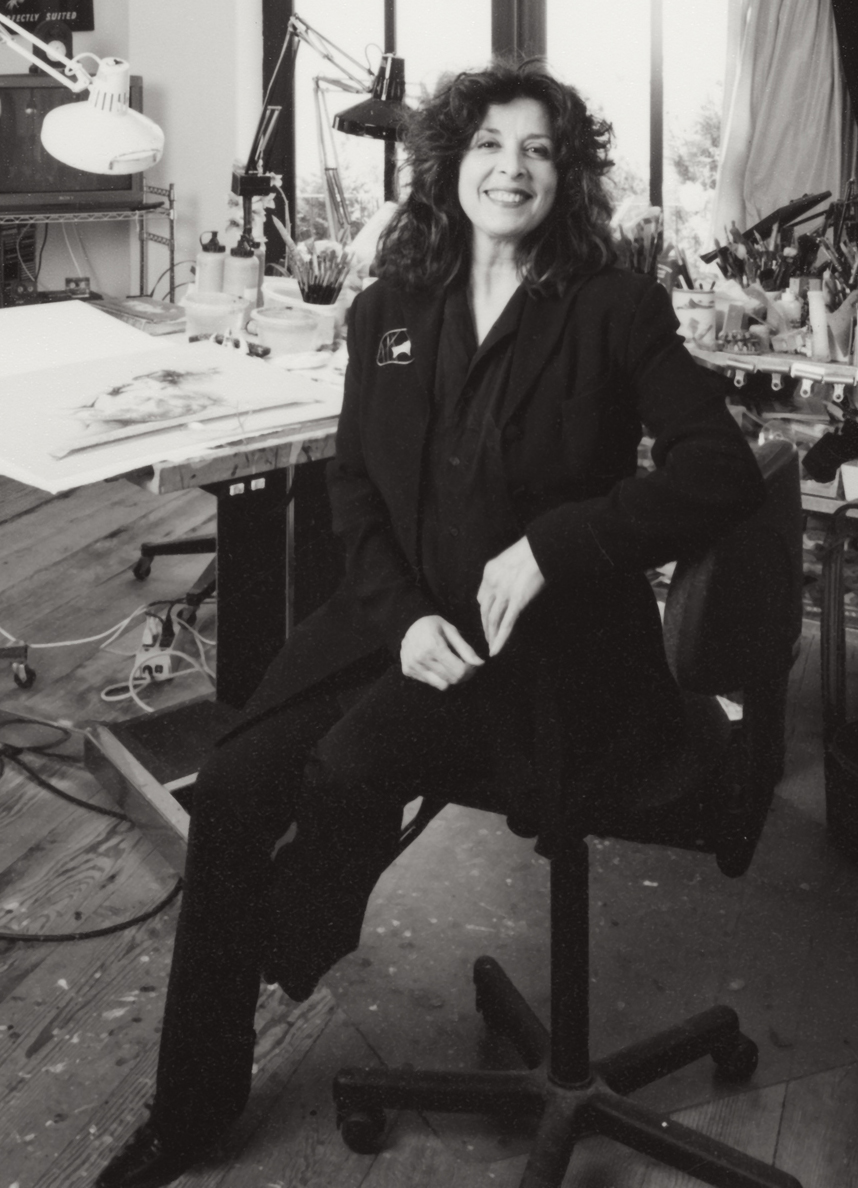



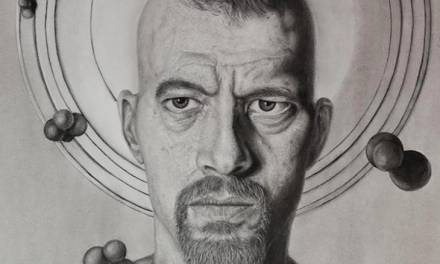
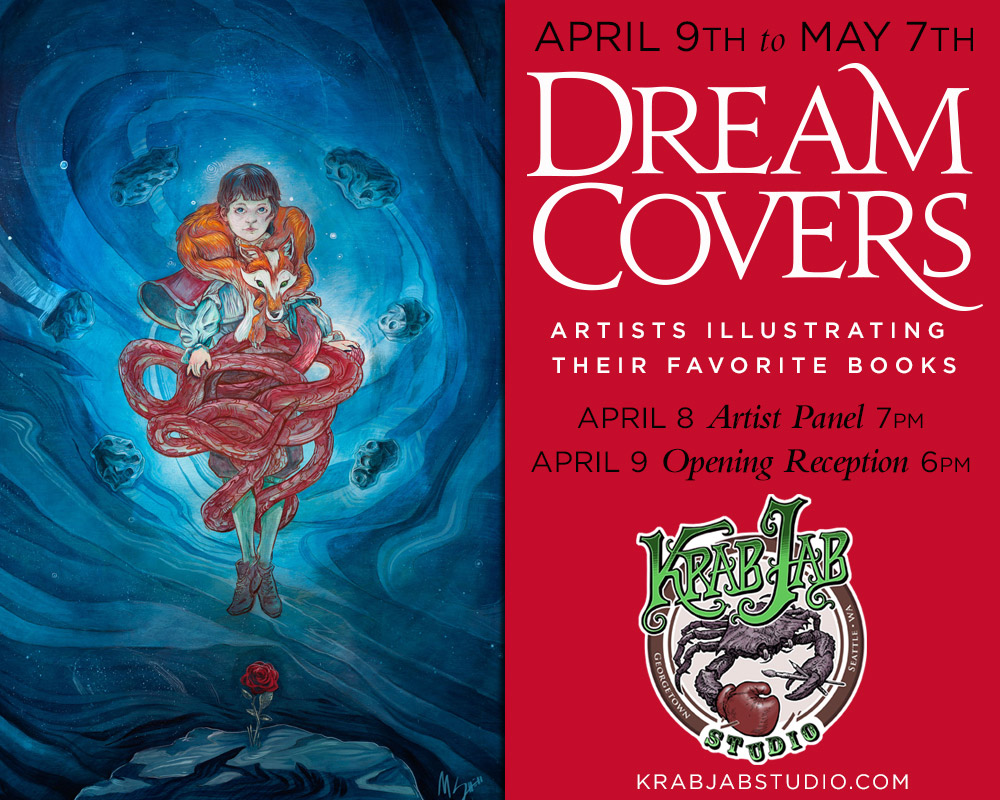
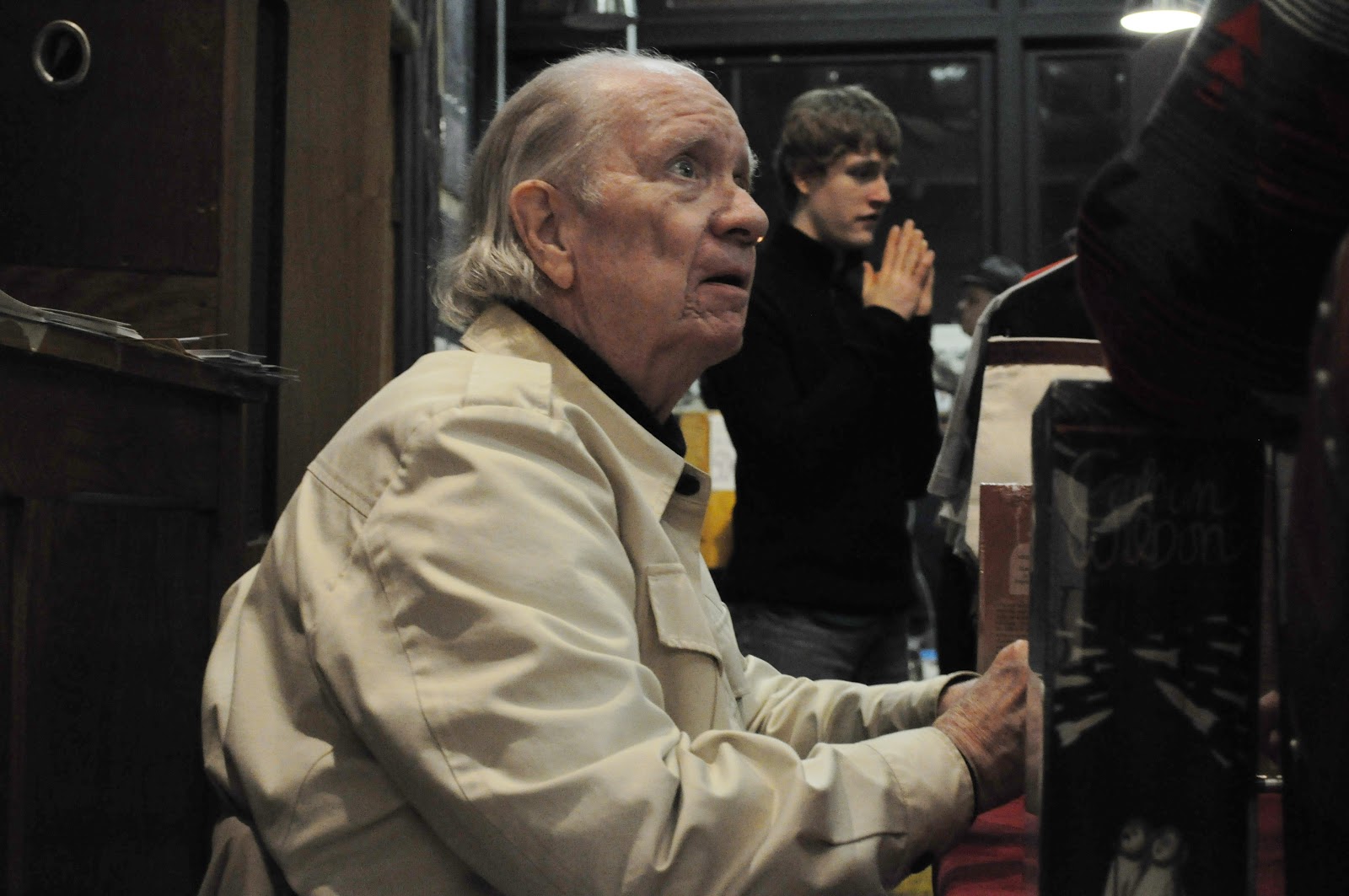
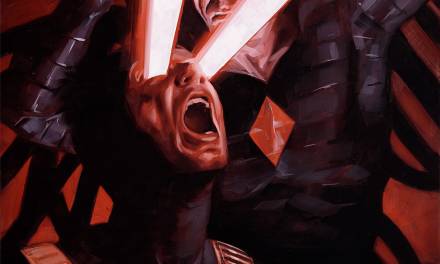
What a great post Arnie. I remember hearing about the work of these cartoonists. Never actually saw the cartoons of course. Couldn't even tell you how many Jack Davis illustrations I copied as a youngster.
I might be wrong, but I think Jack Davis and Marie Severin are the last surviving members of the original EC bullpen.
Along with Jack Davis and Marie Severin, EC contributors Russ Heath and Angelo Torres are both still with us, too. Long may they reign!
You're right, Jim & Ruth! I guess I don't immediately think of Heath in association with EC because he did only a few jobs (like Kubert and Colan), but he was definitely part of it. Considering the number of stories he worked on with Williamson and his later career with MAD, I should have remembered Angelo, though. Thanks!
Thank you Arnie.
I love reading about cartoonists of all shapes and sizes. I remember finding dirty old Playboy mags(and others) 30-40yrs ago, in abandoned places, and of course I loved the photography, but I was looking for the cartoons.
I received a diploma in cartooning and illustrating in 2000, and it’s been a long and confusing journey.
Before that, I wanted to be a tattooist.
Lol